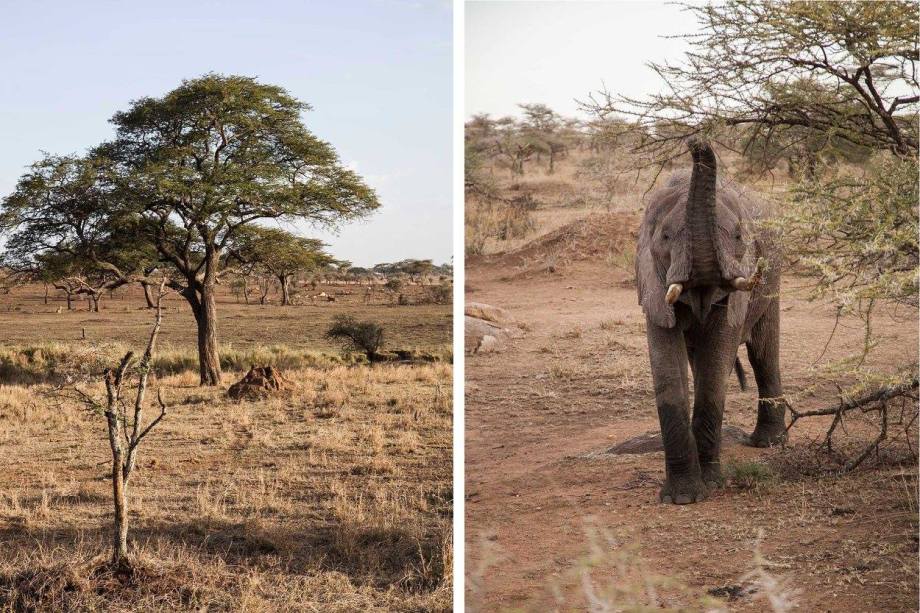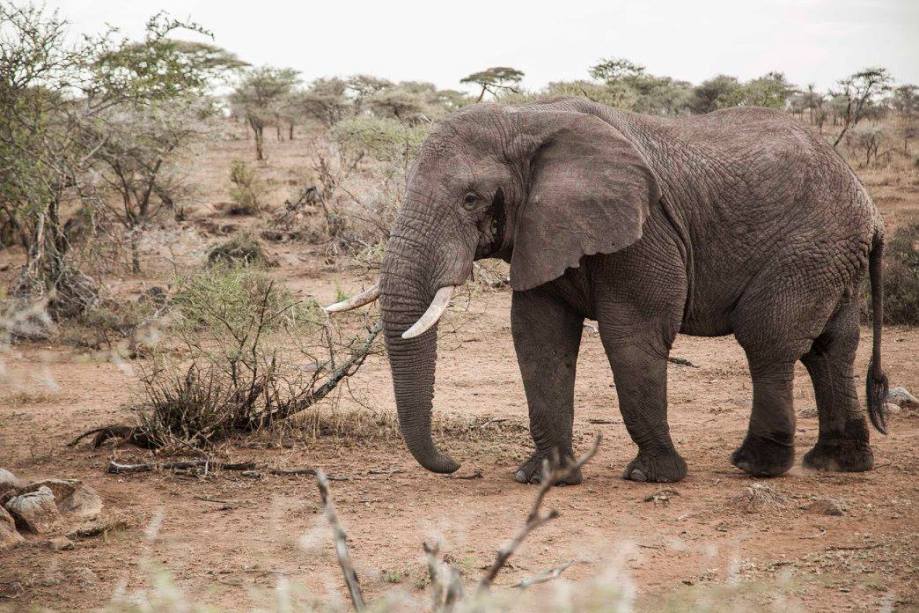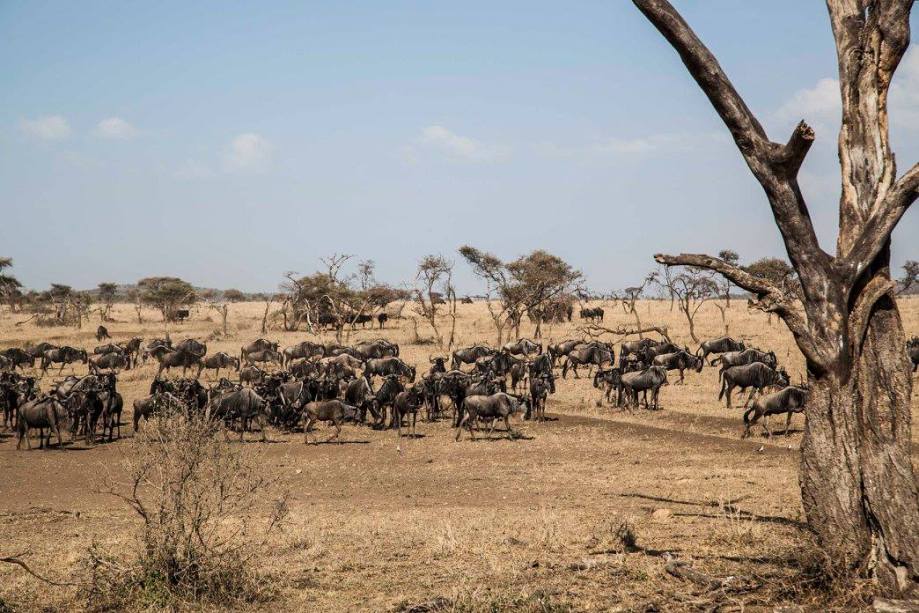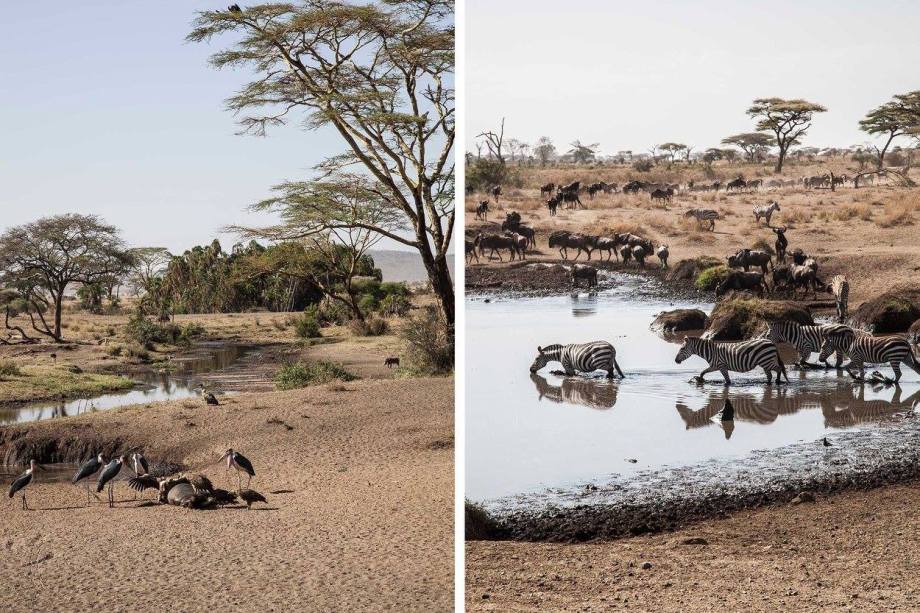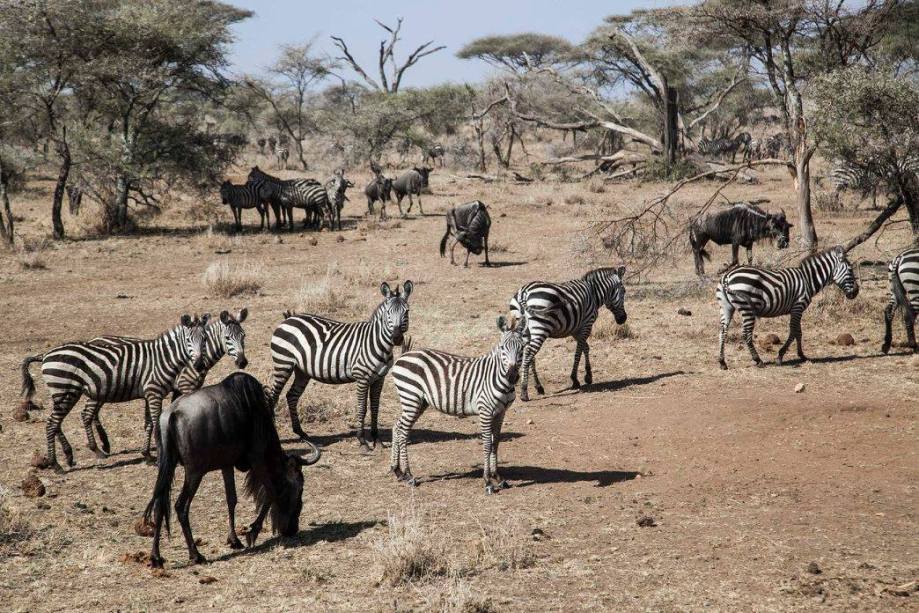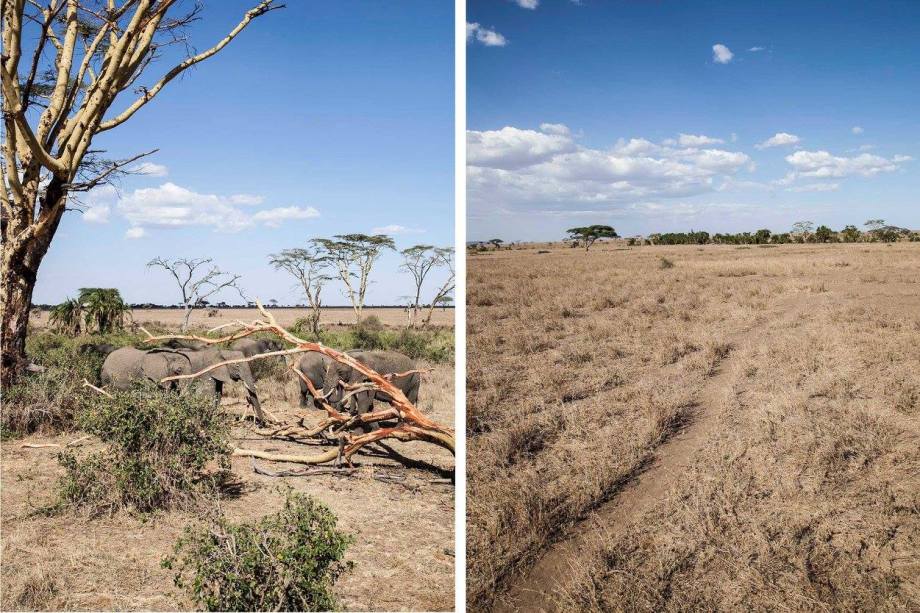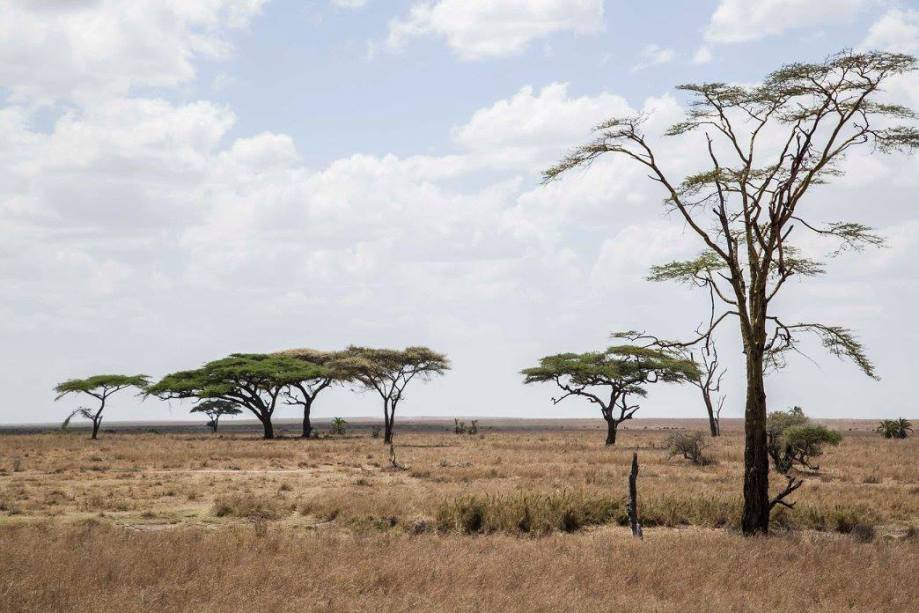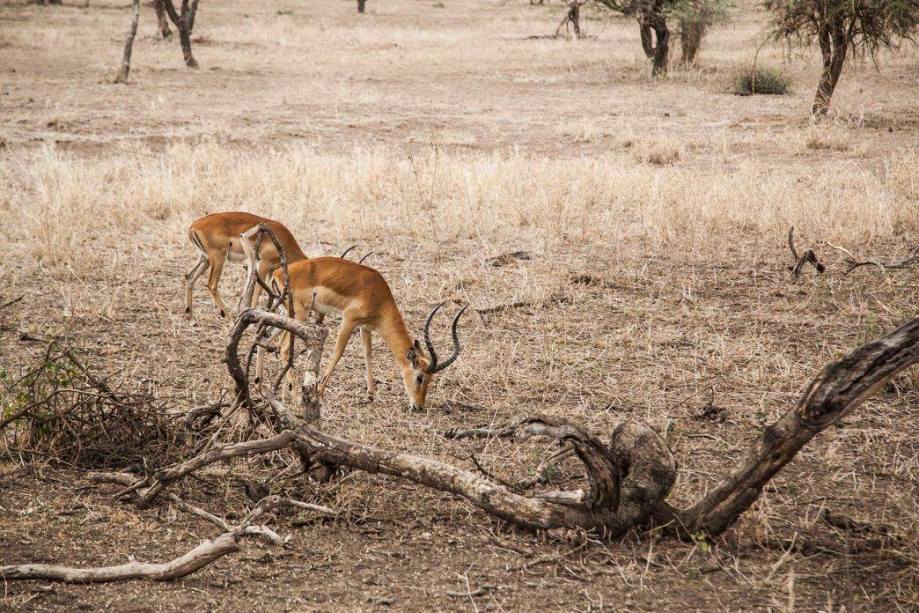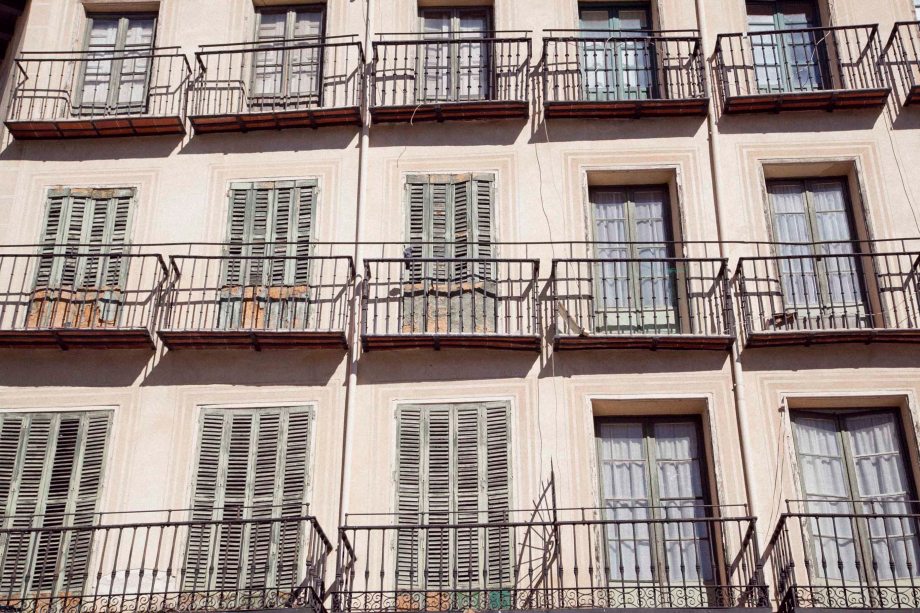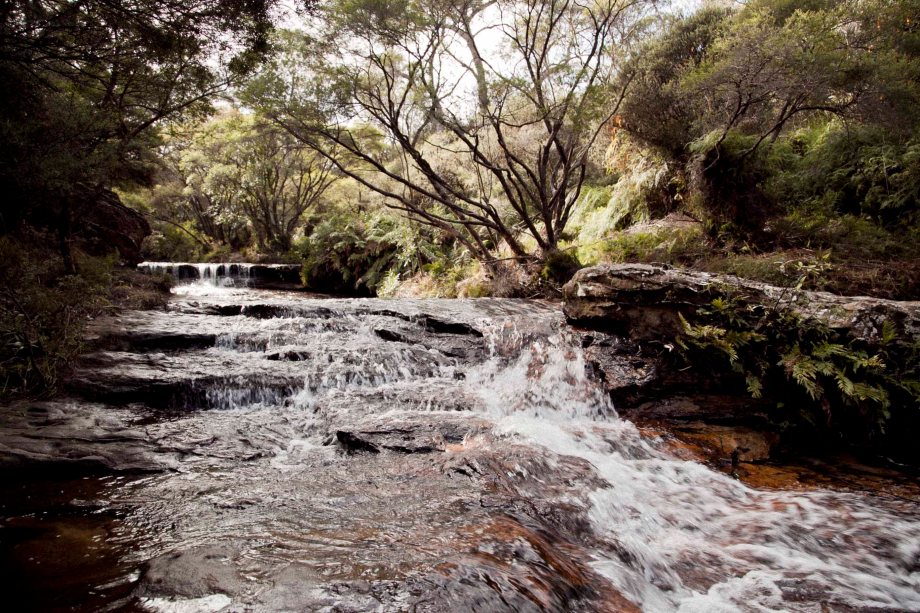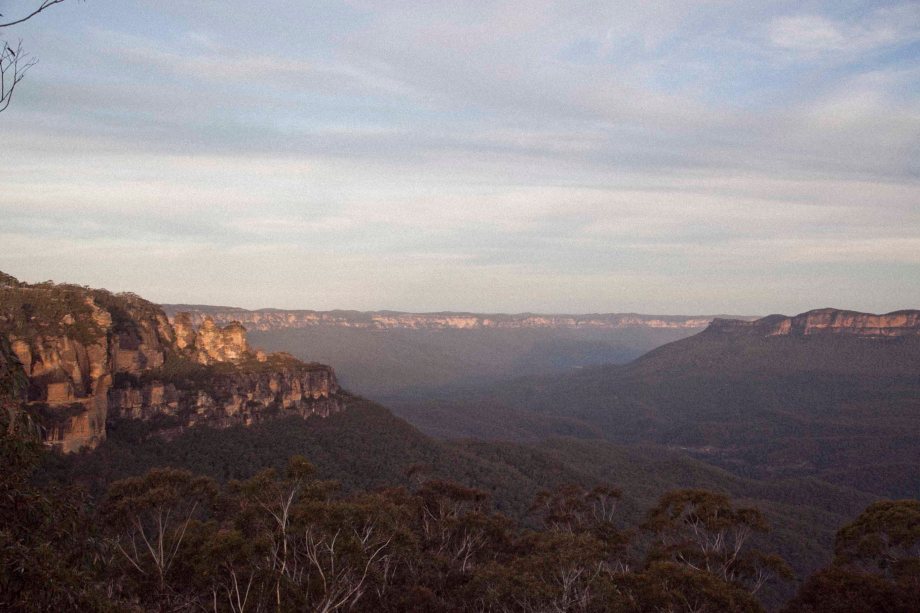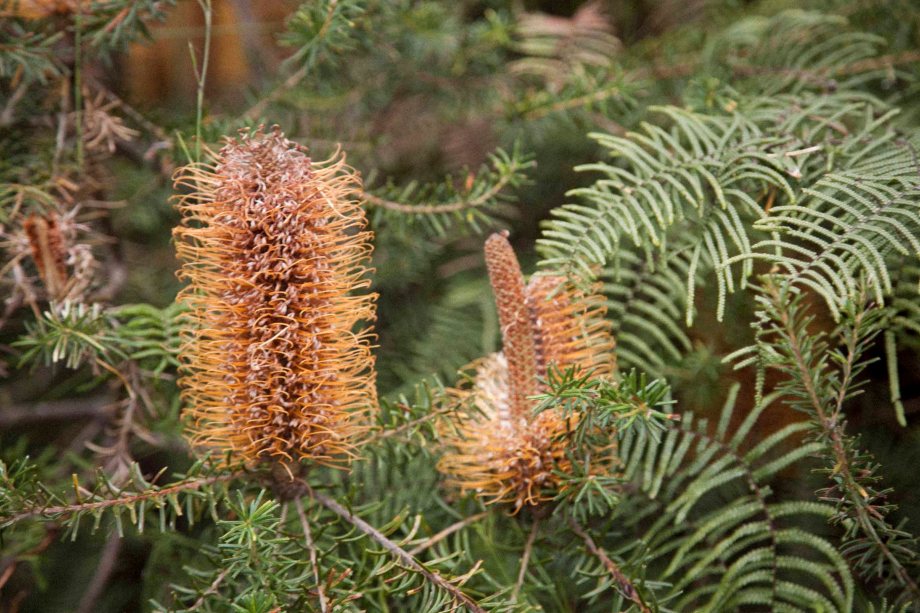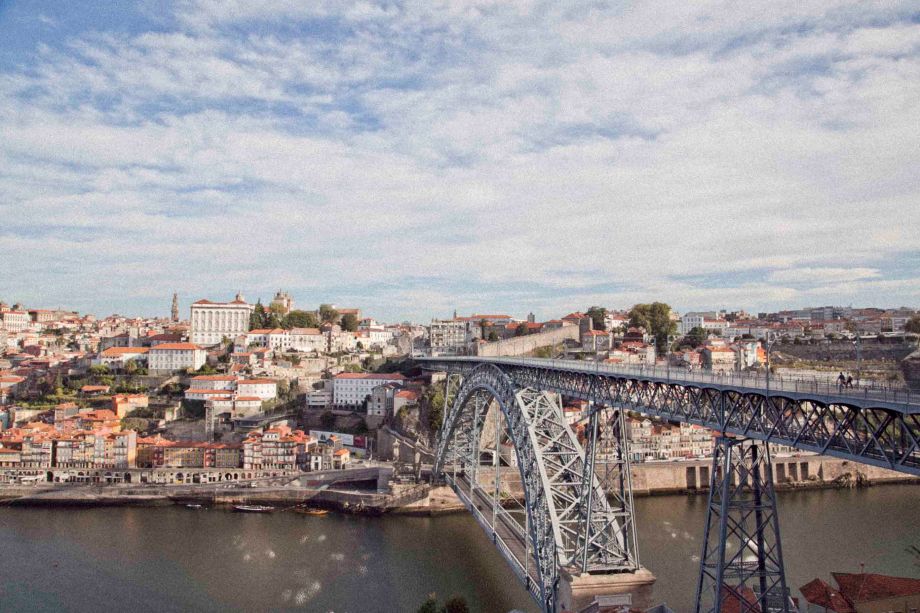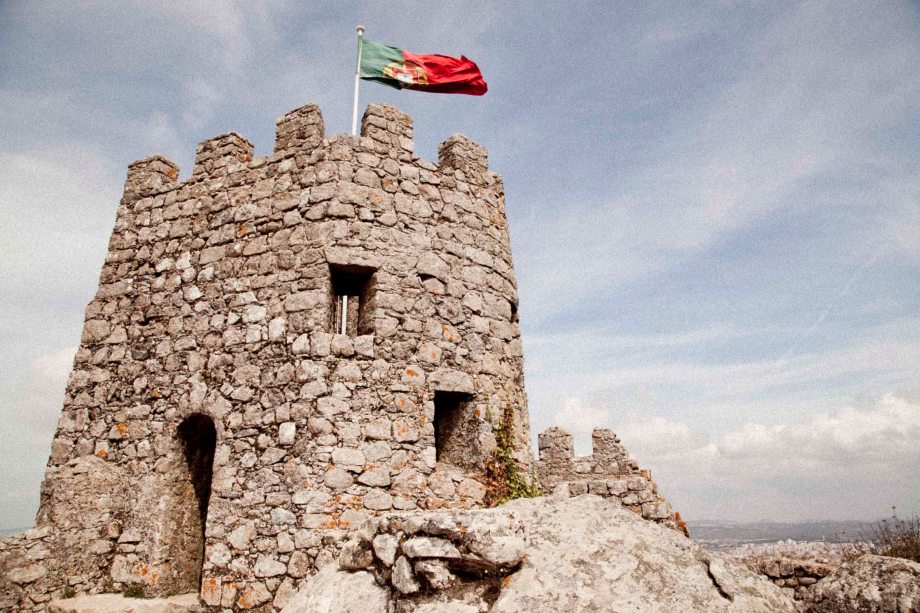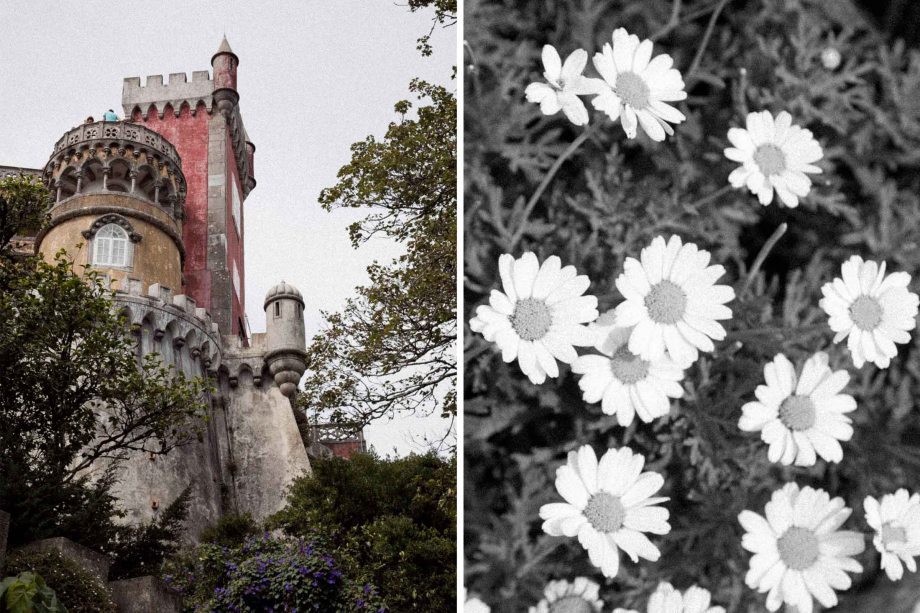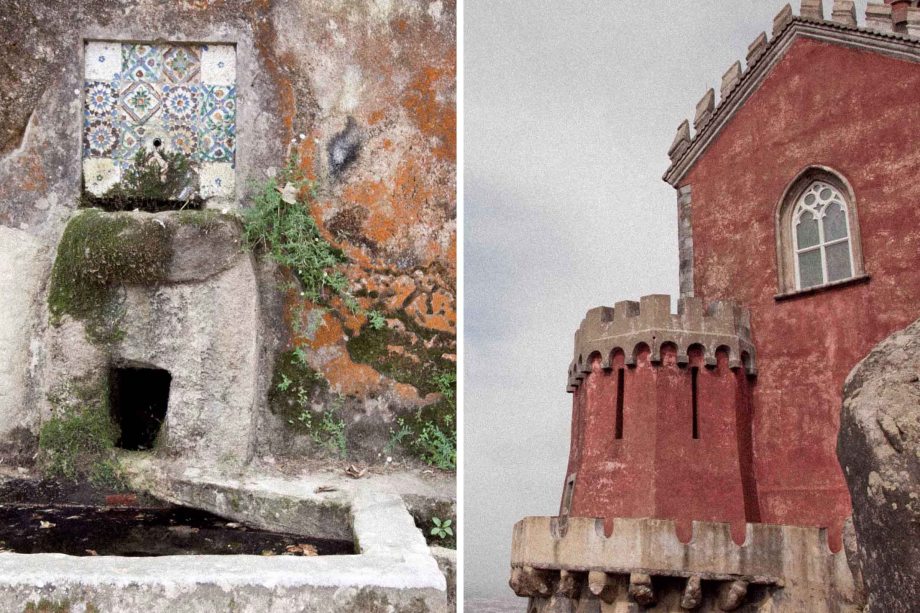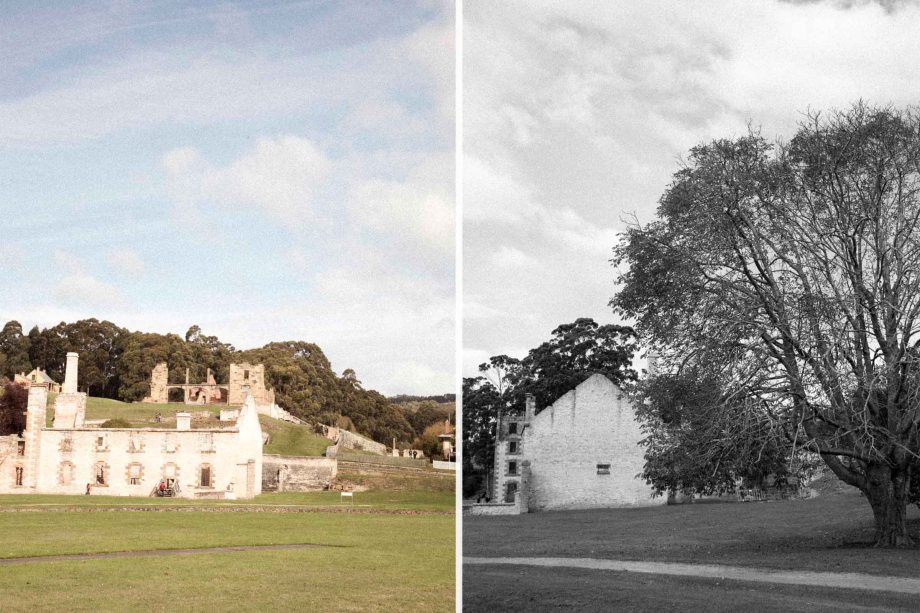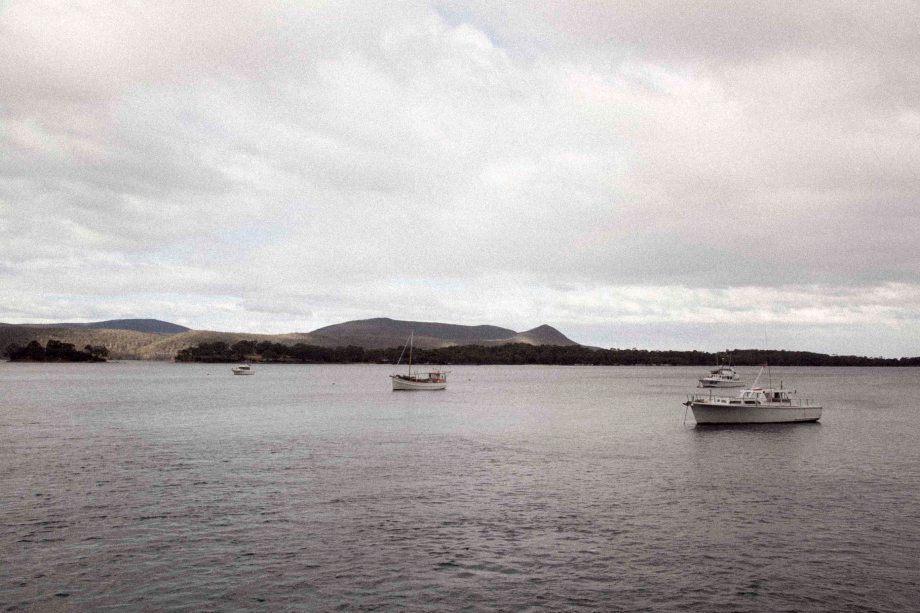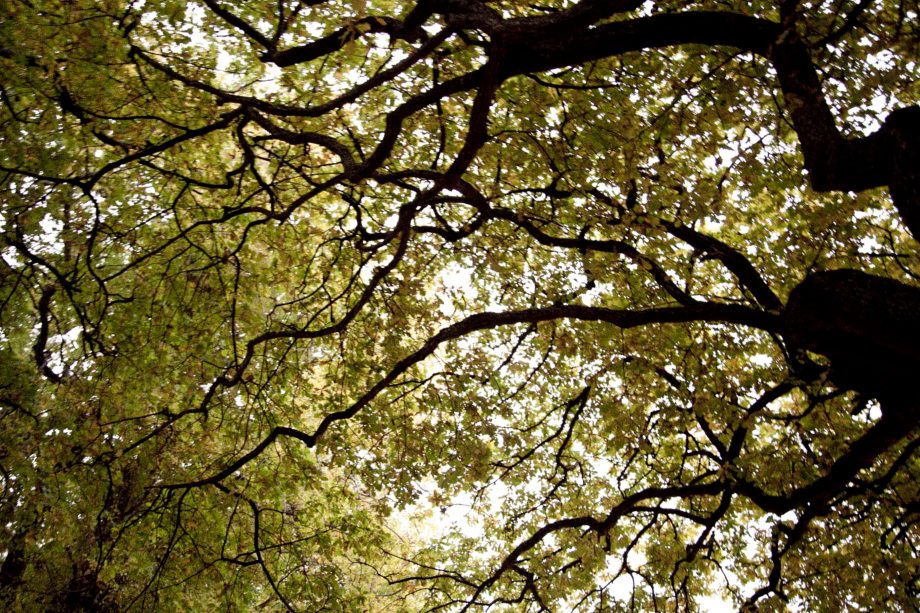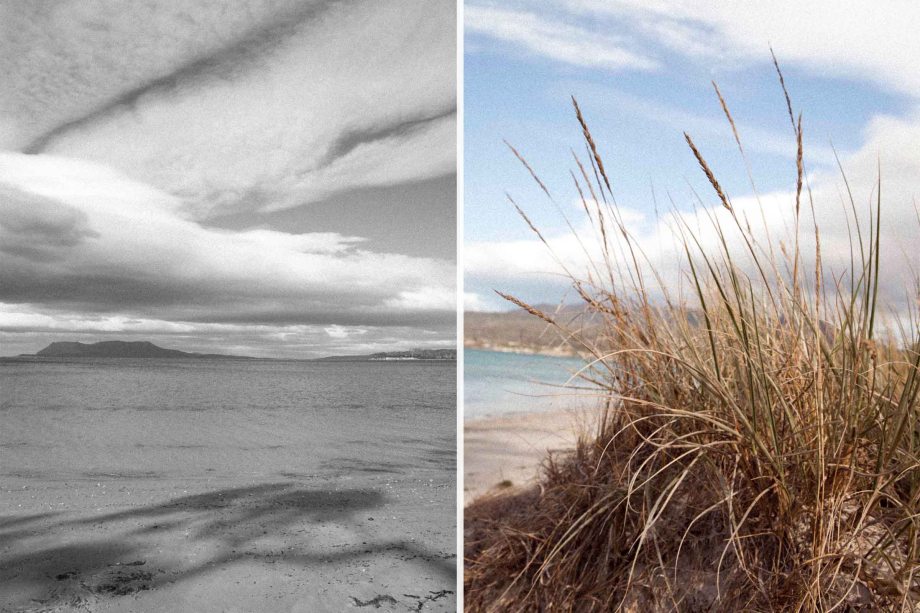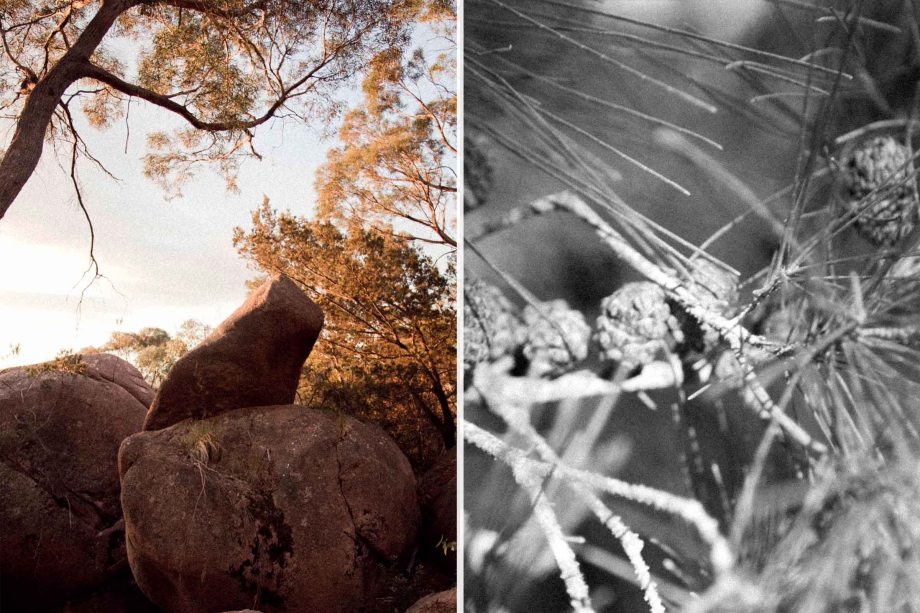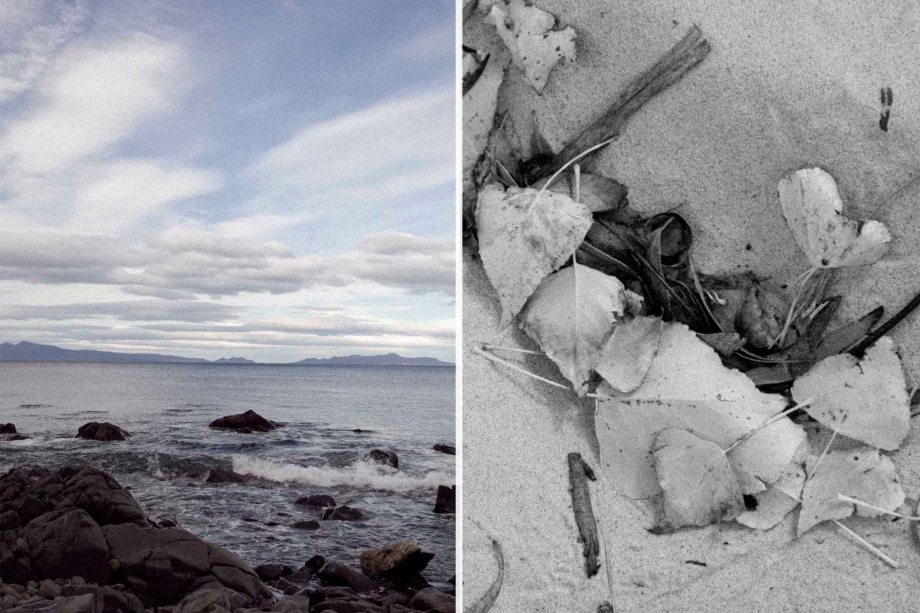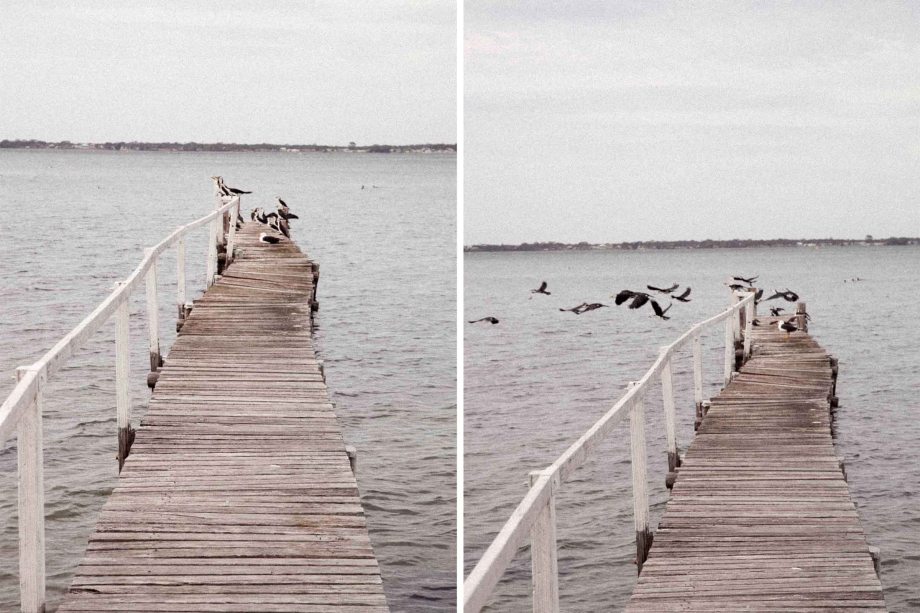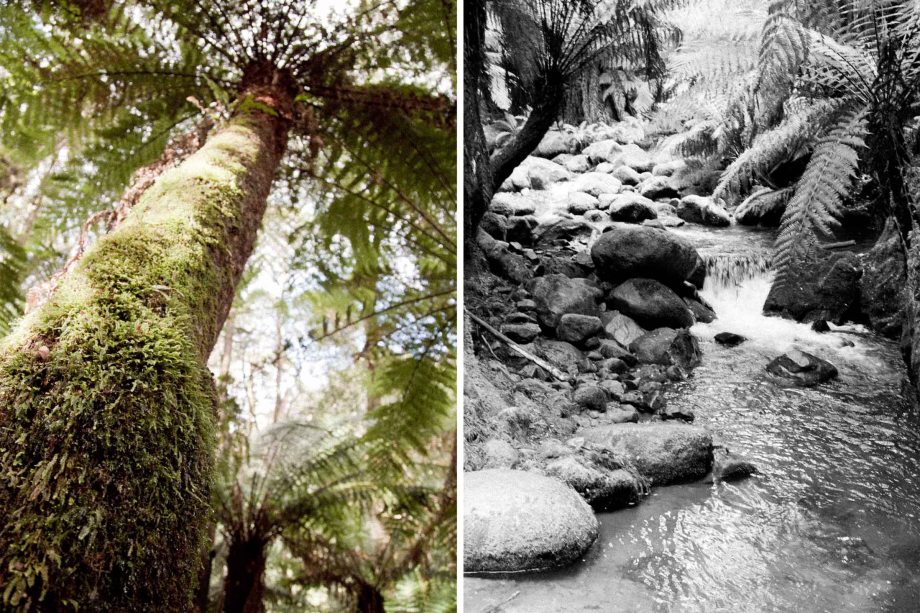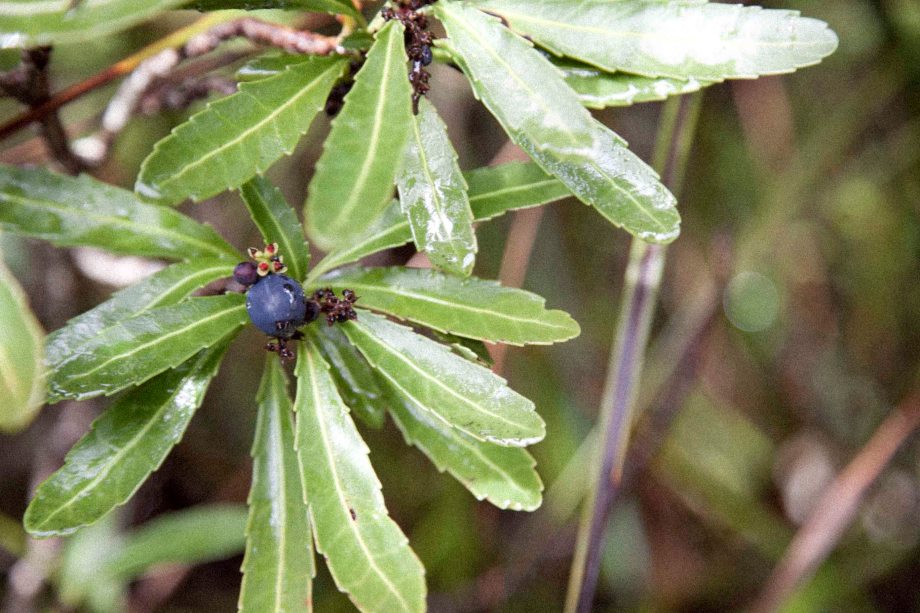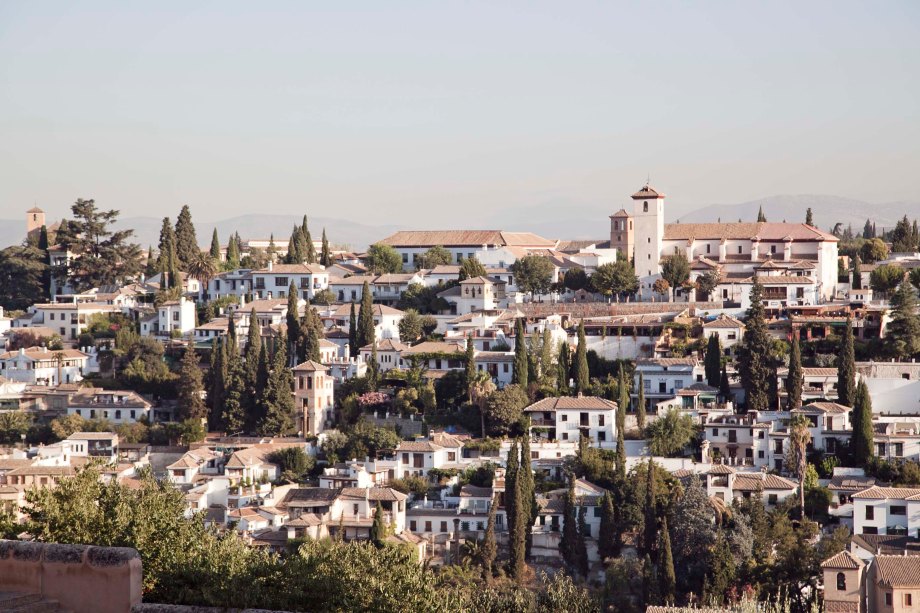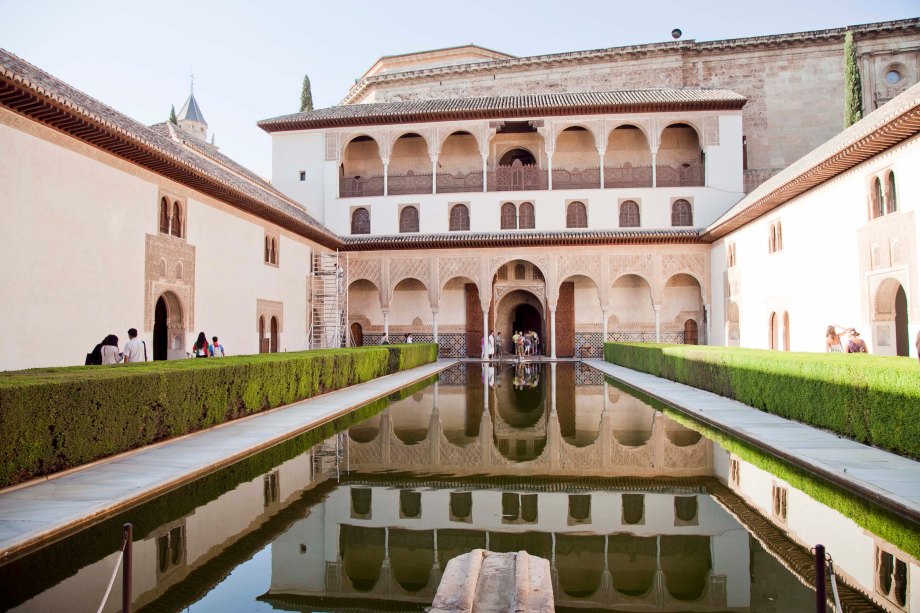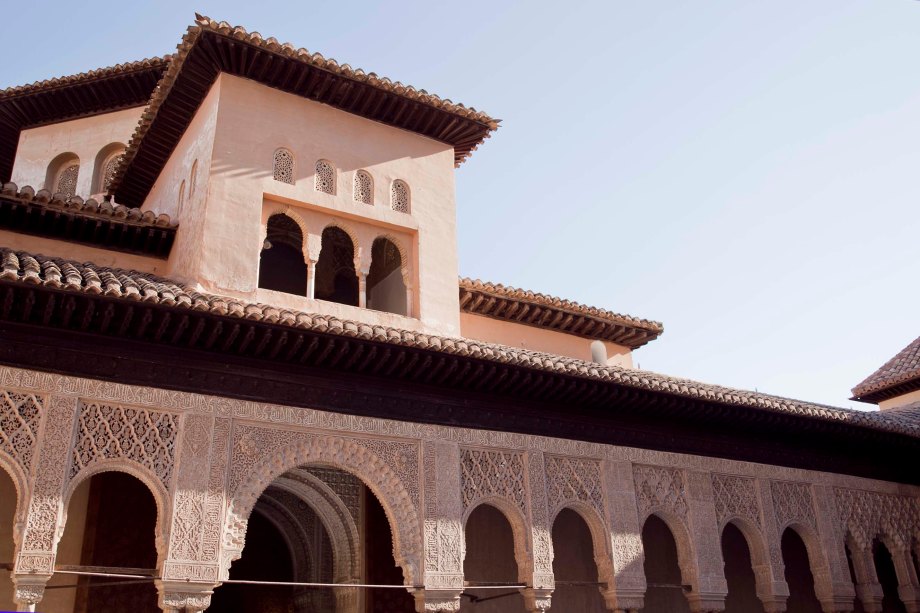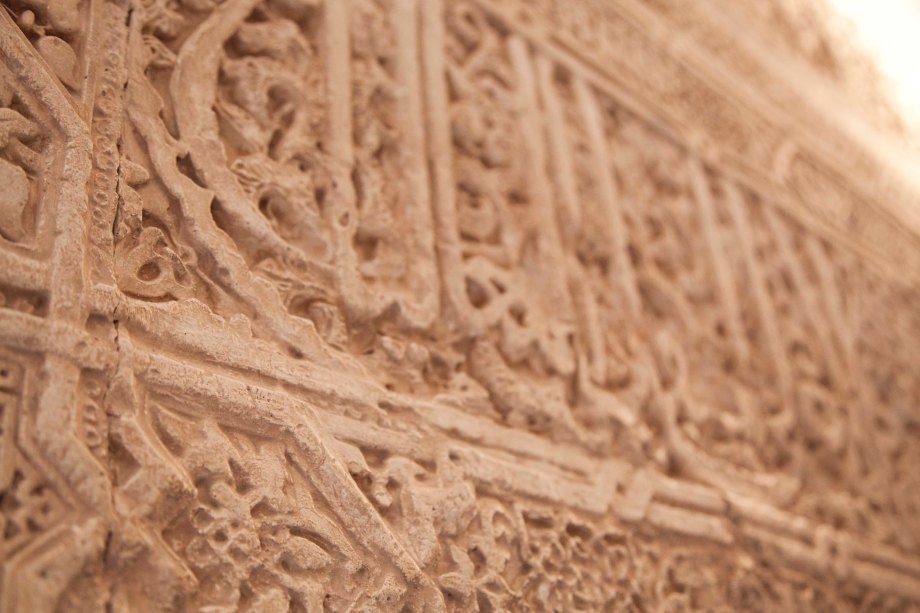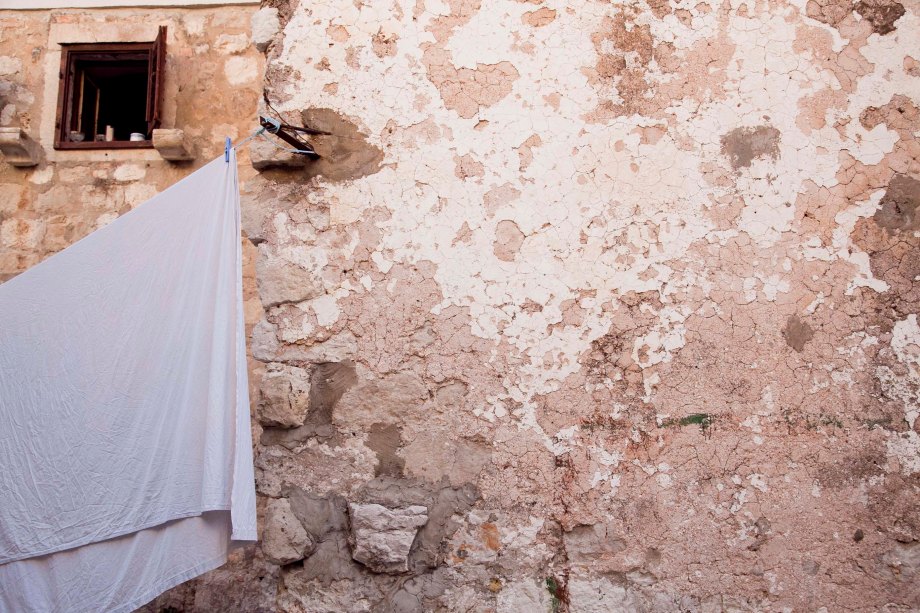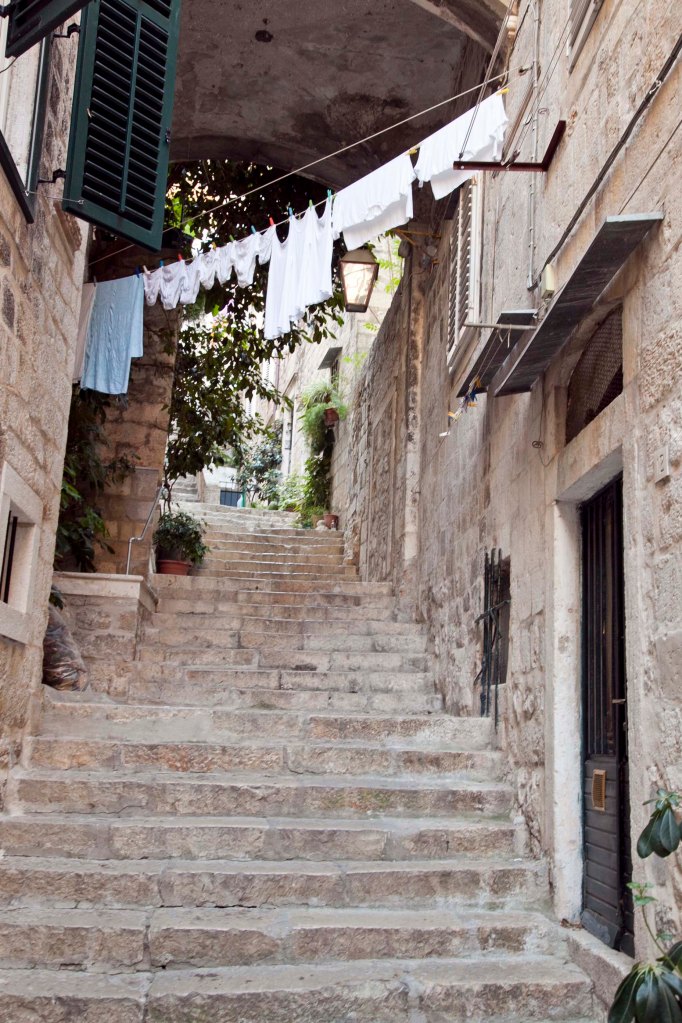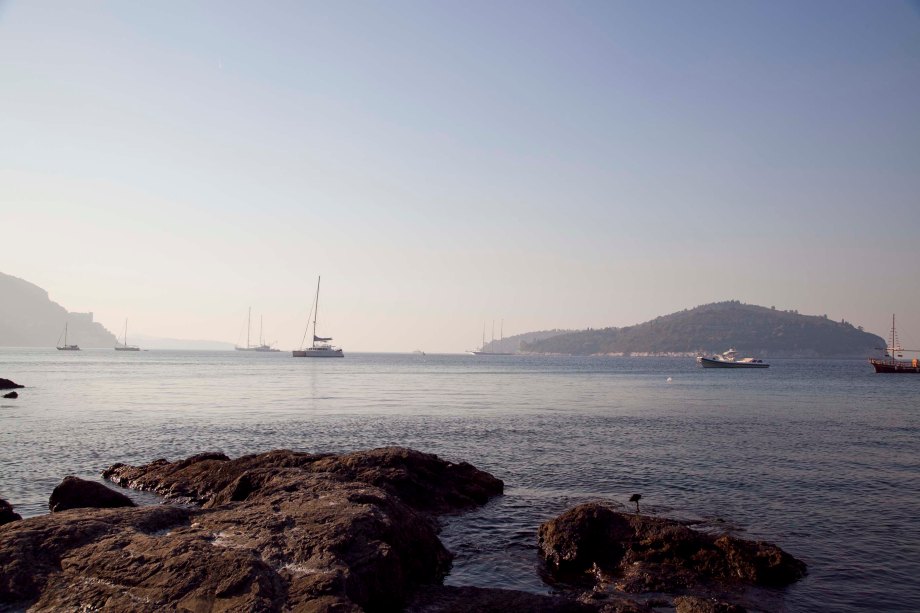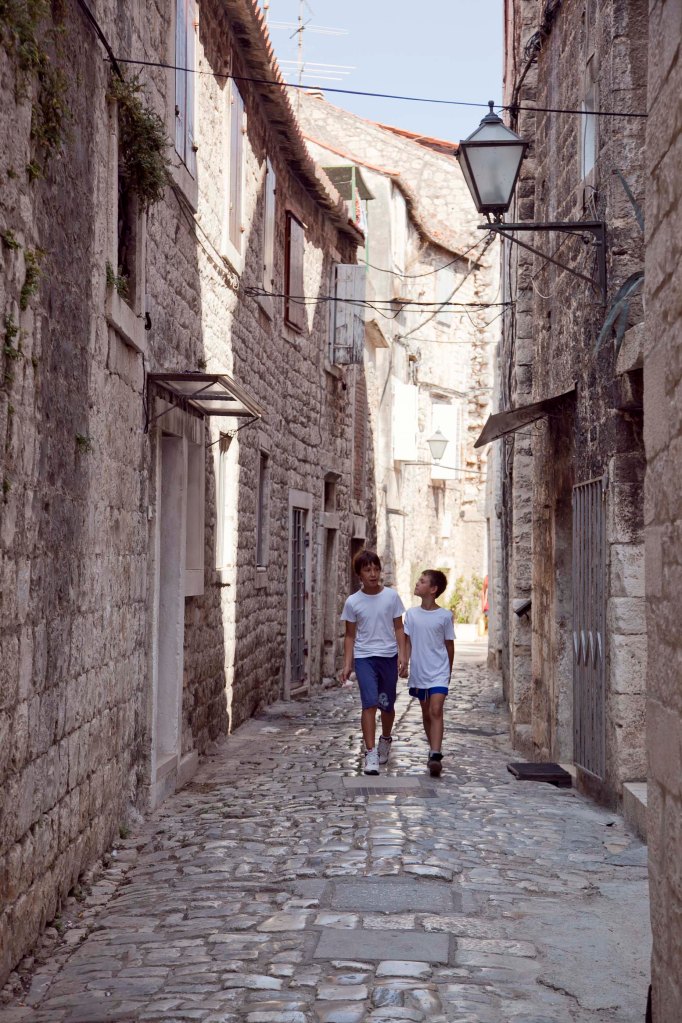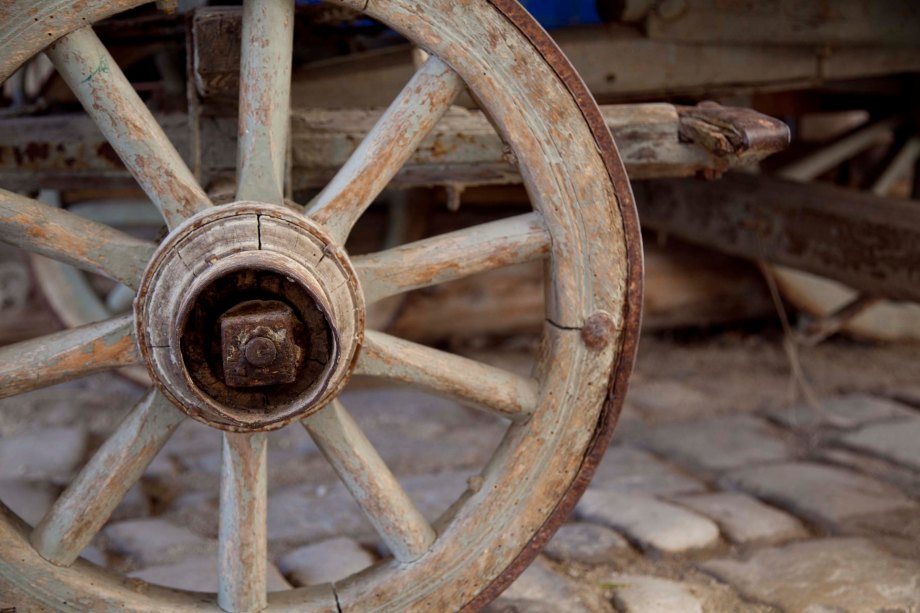Whilst staying in our Dad’s hometown in Croatia, my brother and I decided to take the car and do a little road trip through Bosnia & Herzegovina (BiH as the locals call it). With the new Dalmatian freeway having been completed up until Metkovic, which is practically on the BiH boarder, the trip was relatively quick and simple – a day trip from central Dalmatia to Mostar is easily achieveable. Even once we crossed the border, we were surprised at the excellent condition of the roads in BiH, as some of our friends in town were a little concerned with us driving through the country. We decided to take the E87 road from Metkovic in the direction of Mostar, Konjic and Sarajevo. The road was well straight and well maintained and some of the scenery was saw was breathtaking (sorry I don’t have photos from the car – when driving at 100km/hr it’s rather difficult to get a clear shot). A few years ago, I took the road from Vrgorac (Croatia) to Medjugorije, which was much narrower and winded itself up and down mountains (we were often driving centimetres aways from cliff edges with no barricades). In comparison, the E87 road cuts through any mountains in its path with well contructed tunnels. So, maybe our friends had travelled these more treacherous routes, but if you are travelling from Dalmatia, stick to route E87 and you should be fine.

Our first stop was the UNESCO heritage listed town of Mostar. No other town in BiH can compare to Mostar. It is a true little gem. There isn’t much to see except for the historic centre, which, although decimated during the 1990s war, has been immaculately restored. Mostar still retains its Islamic/Christian heritage (originally one side of the town was Christian and the other was Muslim), but as Christians are slowly moving out of the area, Islamic culture and traditions are flourishing. In almost every direction you look you can see the unmistakable tower of an Islamic mosque.
If you’re driving to Mostar, there is a patrolled parking lot only a 5 minute walk from the historic centre. The parking costs about a euro per hour and well worth it – I wouldn’t risk having my car towed away and impounded in BiH. The old town isn’t well signposted, so if you have difficulty in finding it, just ask. There are also regular buses to and from Split and Dubrovnik (in Croatia) and Sarajevo (BiH). Walking into the old town is like stepping into another world. Or into some sort of medieval picture book with its cobbled stone lanes and stone terraced housing with cute little timber windows. Although Mostar’s economy is heavily supported by the tourist dollar, and almost every house you pass has been converted into a shop selling souvenirs (you can find anything from turkish pipes and coffee pots, to paintings and war memorabilia), the town still retains its charm. There isn’t a lot to see and do in Mostar, so a stop over for a few hours should be sufficient to wander through it’s streets, have a bite to eat and if you’re game enough, to jump off the famous bridge. If you’re in Mostar in the late evening, don’t forget to check out Ali Baba’s Cave. It’s a night club/bar built inside a cave which serves fantastic drinks and has an even better atmosphere.







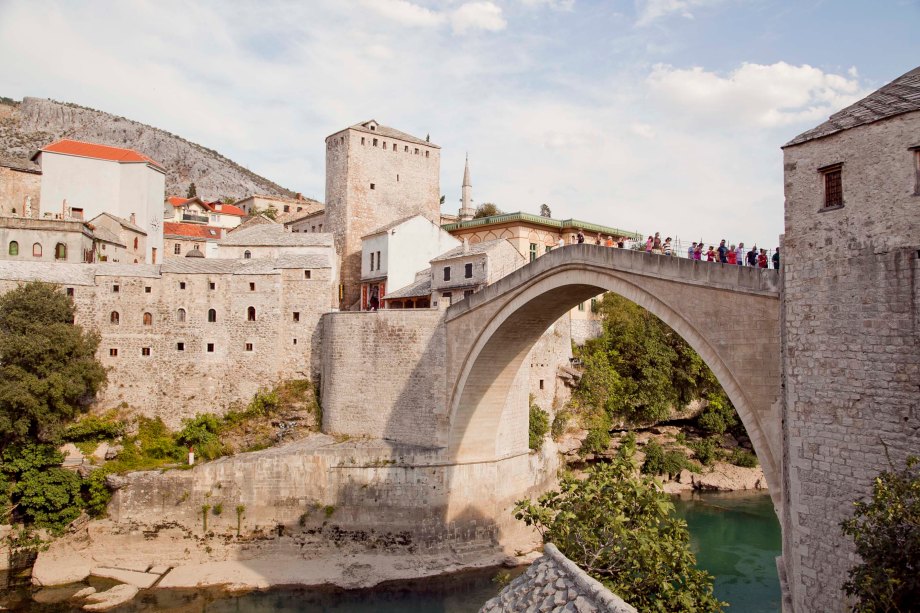




Our next stop in BiH was Konjic. Usually not on the tourist map, we stopped here for a couple of nights to visit our lovely family friend Zora. We didn’t spend too much time in the town centre (except for a bit of a crazy night spent drinking in a few bars, listening to cajke (local folk/pop music – very popular in BiH) and eating late-night pizza with a few locals), instead we stayed in Konjic Bijela, a small rural town located about 15km from the centre. With lush green fields, undulating mountain ranges and crisp mountain air, it’s difficult to imagine that this was once the scene of intensive fighting during the 1990s Yugoslav war. But sadly, all that remains here today of the war are fields still riddled with landmines (there are areas around Konjic which you still shouldn’t venture), bullet riddled houses and graves full of victims, both young and old. My brother and I was shocked to see a photograph of Zora’s son hanging on the wall with a distinct bullet hole through the glass frame.
During our stay, Zora insisted she take us to see Boracko Jezero, a large alpine lake located in the Konjic municipality – about 25km from Konjic town centre. Neither my brother nor I had heard about this lake before, but we were happy to go along. It was not as impressive as the Slovenian lakes of Bled and Bohinj, but it was still a spectacular wonder of nature, with its turquoise waters and beautiful alpine scenery. Unfortunately, the Bosnian Herzegovian government does not have the funds to up-keep the lake and support tourism, so its infrastructure (cafes, shops and accommodation) seem to have not been upgraded since the communist years. The one attraction the Boracko Jezero boasts is white-water rafting. There are a few companies which run rafting day trips starting from Boracko Jezero, along the Neretva River and ending at Konjic town centre. My brother and I did not have a enough time to go rafting, but next time we go to BiH, it’s at the top of our list – as well as skiing in the alps in Sarajevo.

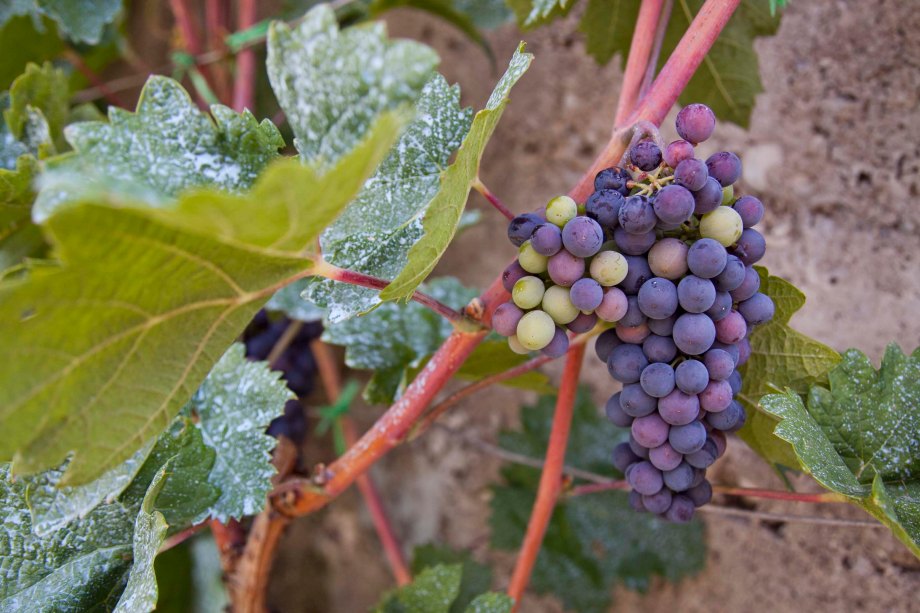






During our stay in Konjic, we decided to spend an afternoon exploring Bascarsija, the old Turkish district of Sarajevo. After a traditional and solid Bosnian lunch – my brother had cevapi (small meat rissoles in the shape of short sausages) and I had punjene povrce (vegetables stuffed with minced meat), we wandered through the cobbled streets of Bascarsija, doing a bit of window shopping and visiting a few local mosques. Sarajevo is the perfect place to do some souvenir shopping. Things to buy are silver and copper work (Turkish coffee pots, coffee ‘perculators’ – like the ones below, and silver plates), knitted blankets and woolen rugs, Turkish coffee and delicious Turkish delight.







Essentials
Getting There:
If driving, take the E87 road from Metkovic which runs through Mostar, Konjic and on to Sarajevo. There is an international airport in Sarajevo which has good connections to and from a number of European capitals. There are also regular bus services from Split and Dubrovnik to Sarajevo, via Mostar and Konjic. The bus trip is rather long (approximately 7 hours from Split to Sarajevo), with many stops along the way. So if you don’t want to waste a day on the bus, travel at night if possible.
Eat:
When in BiH, eating local dishes is a must. Try cevapi (small, sausage shaped minced meat rissoles. Don’t forget to order kajmak with them – the salty curds from the cheese making process), punjene povrce (vegetables stuffed with minced meat), burek (filo pastry filled with either minced meat or cheese) and lepinje (flat, oven baked bread rolls. Filled with pleskavice (flat meat rissoles), raw onion and ajvar (capsicum relish) they make a perfect Bosnian hamburger).
Stay
Stay with locals, if you have the contacts. They give you great local knowledge, take you to never heard of places and offer hours and hours of entertainment. Bosnians and Herzegovians are extremely hospitable people and always open their homes to visitors.
In Sarajevo and Mostar, there are many choices for accommodation, from five star hotels and budget hostels. In the summer and during the winter ski season, make sure to book well in advance.


